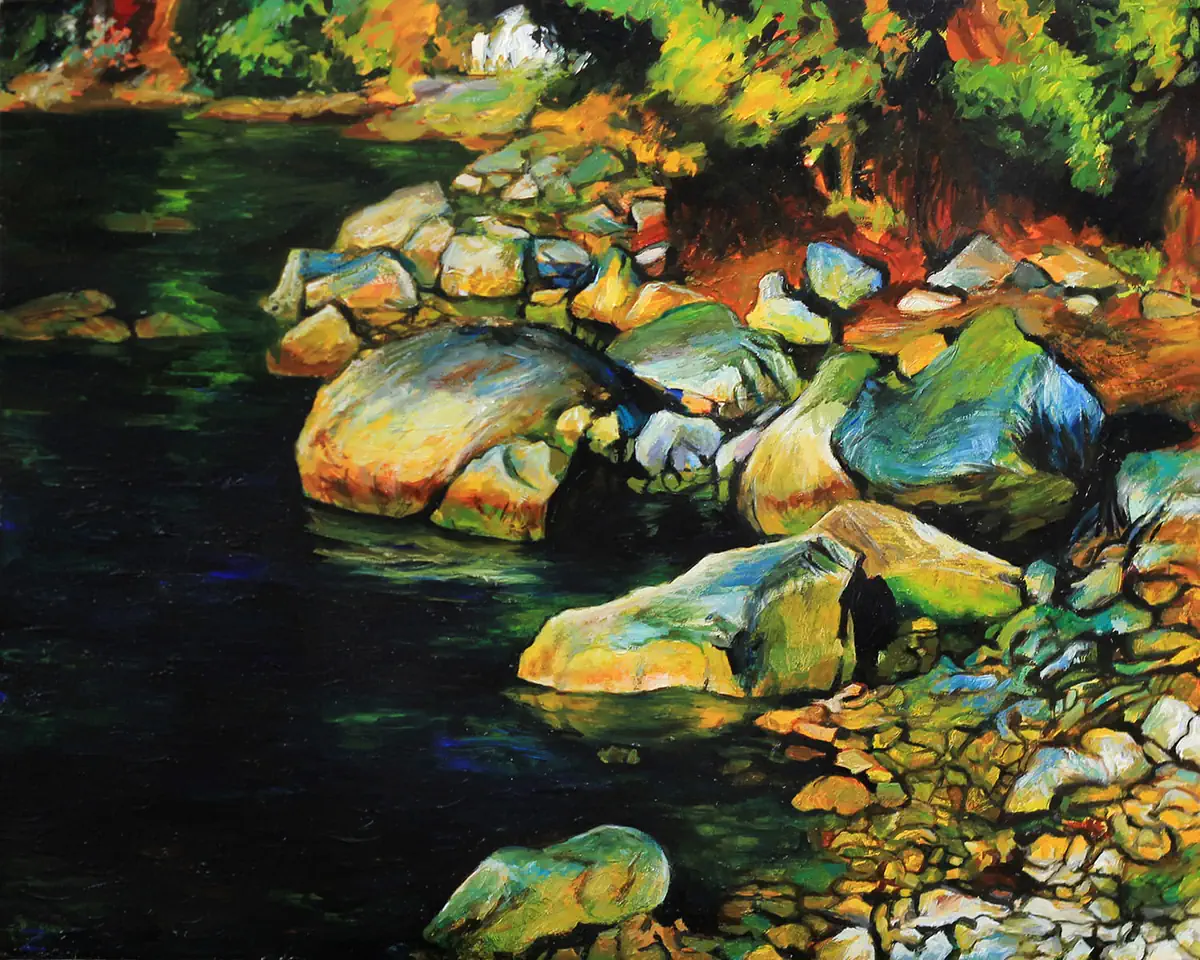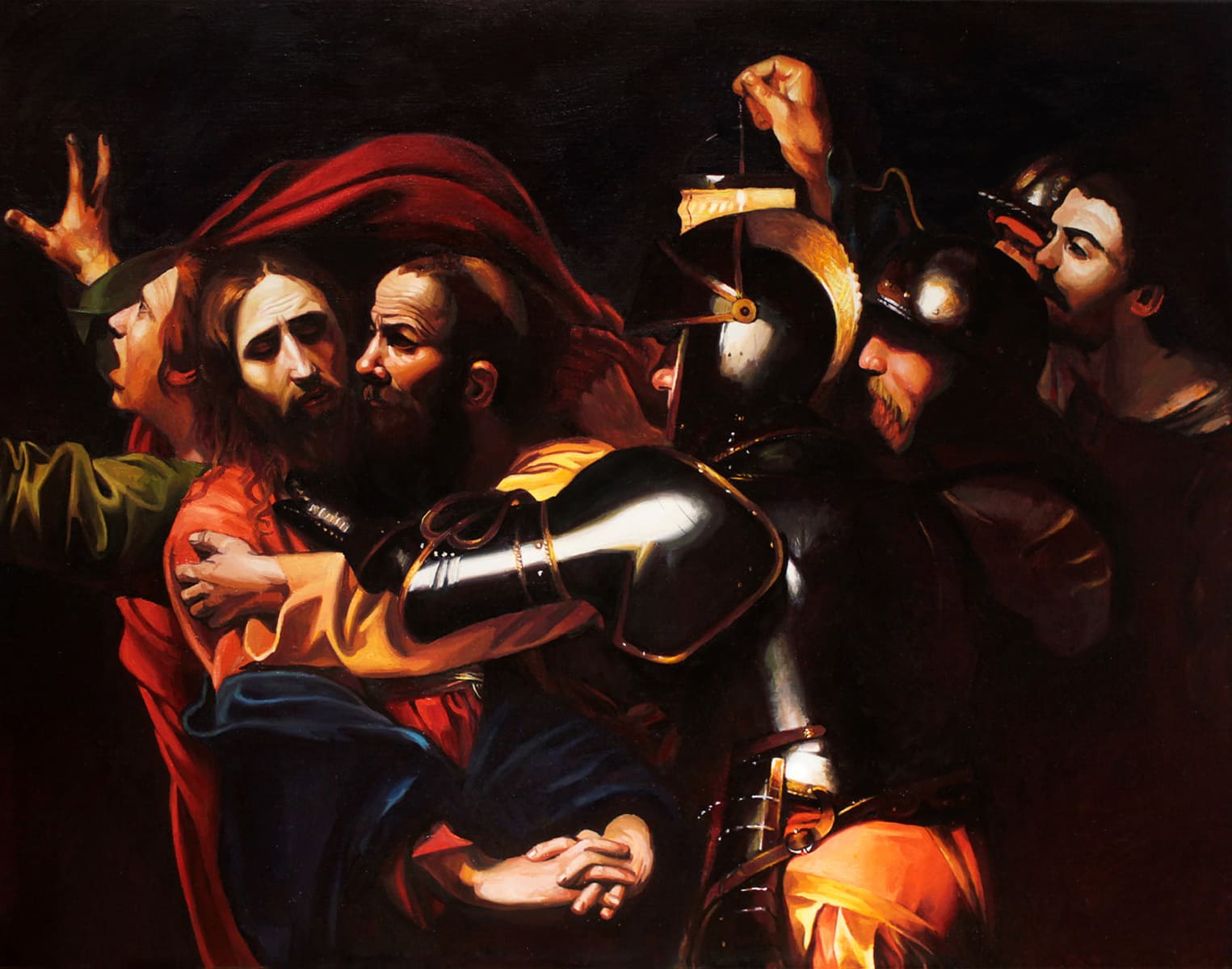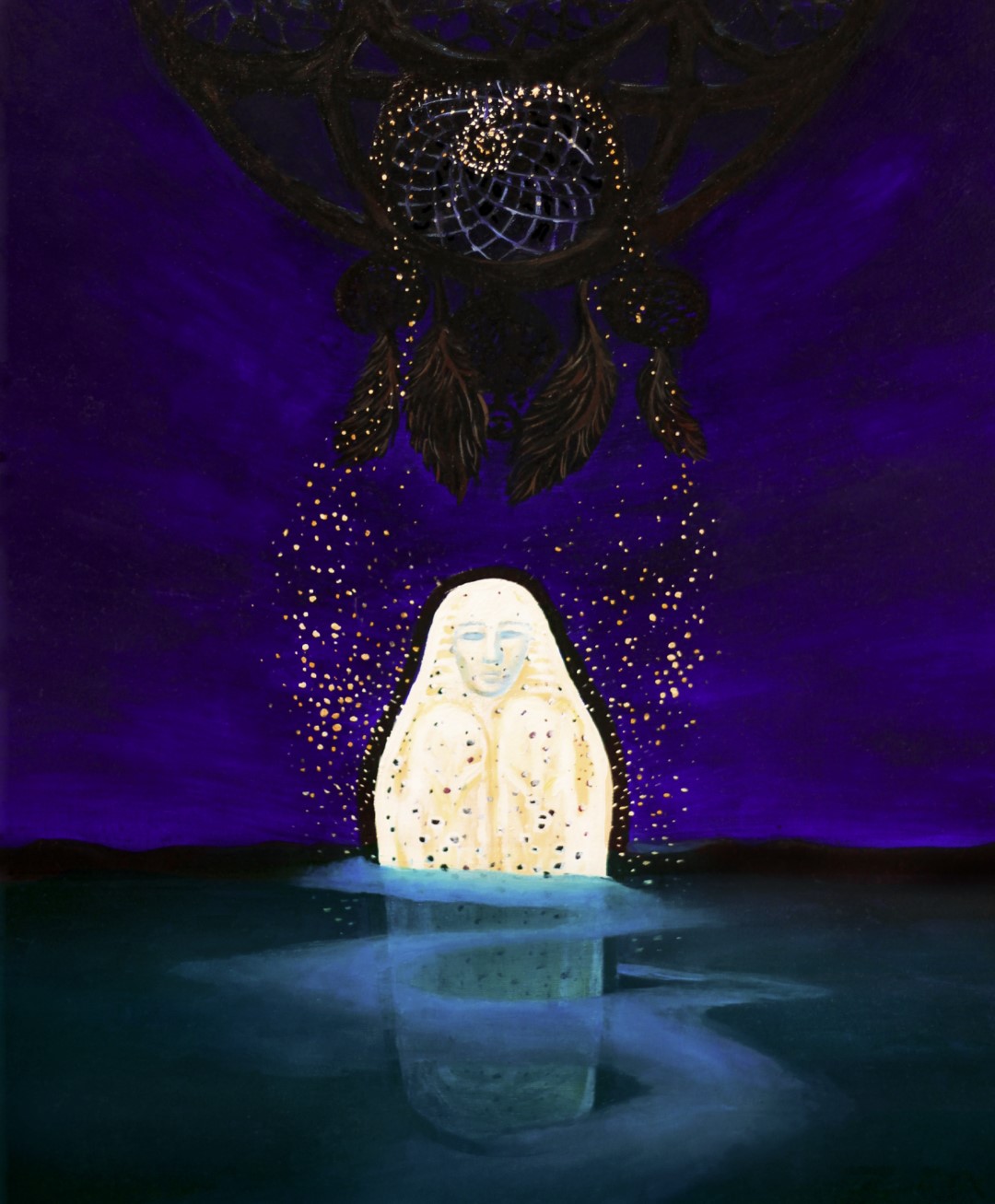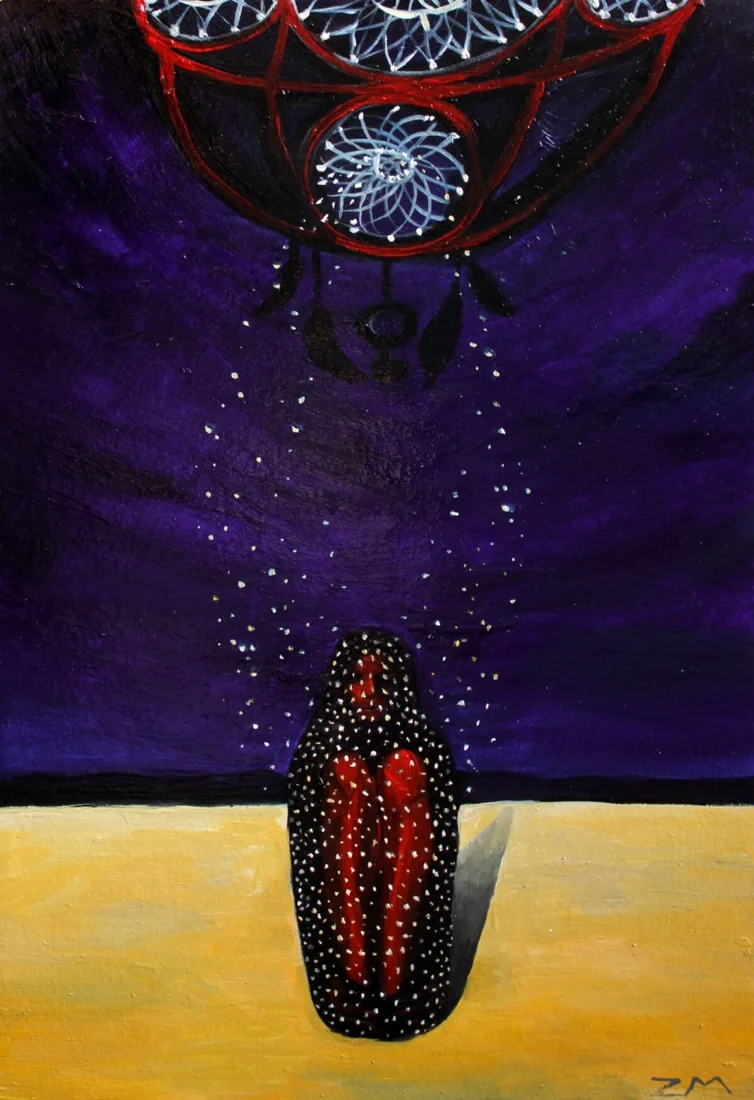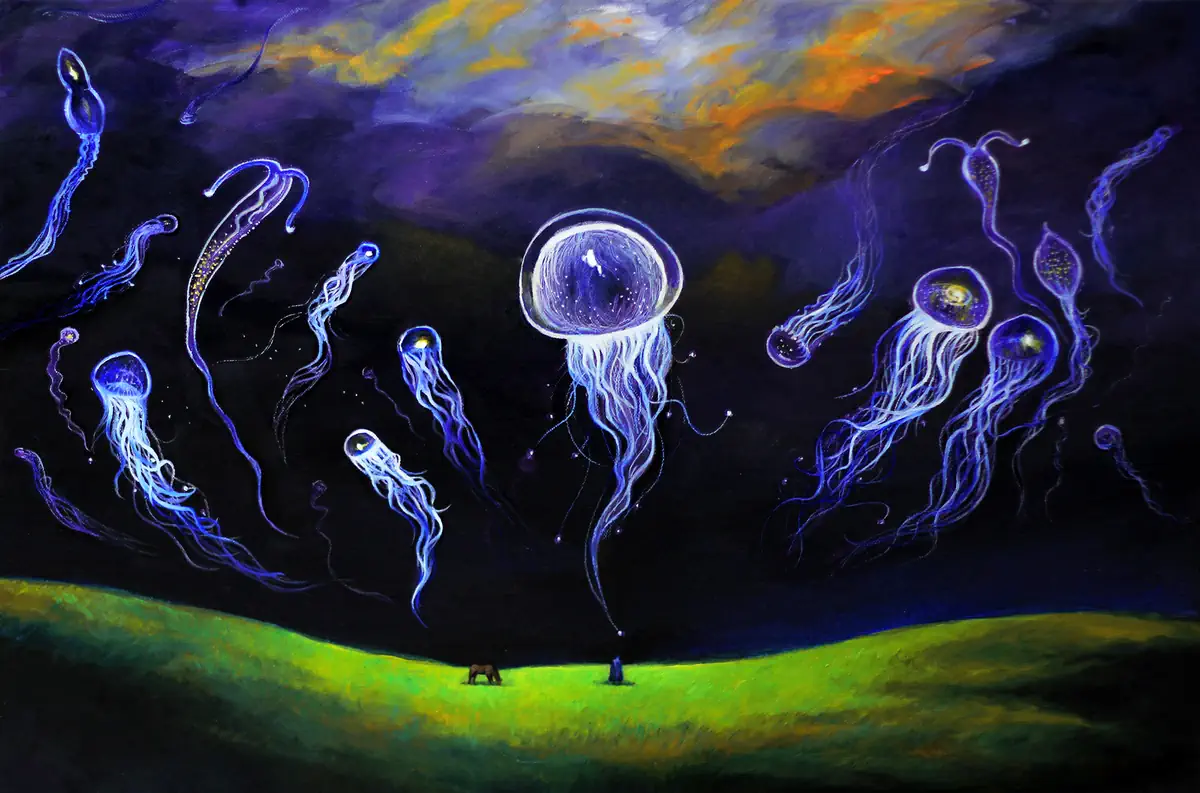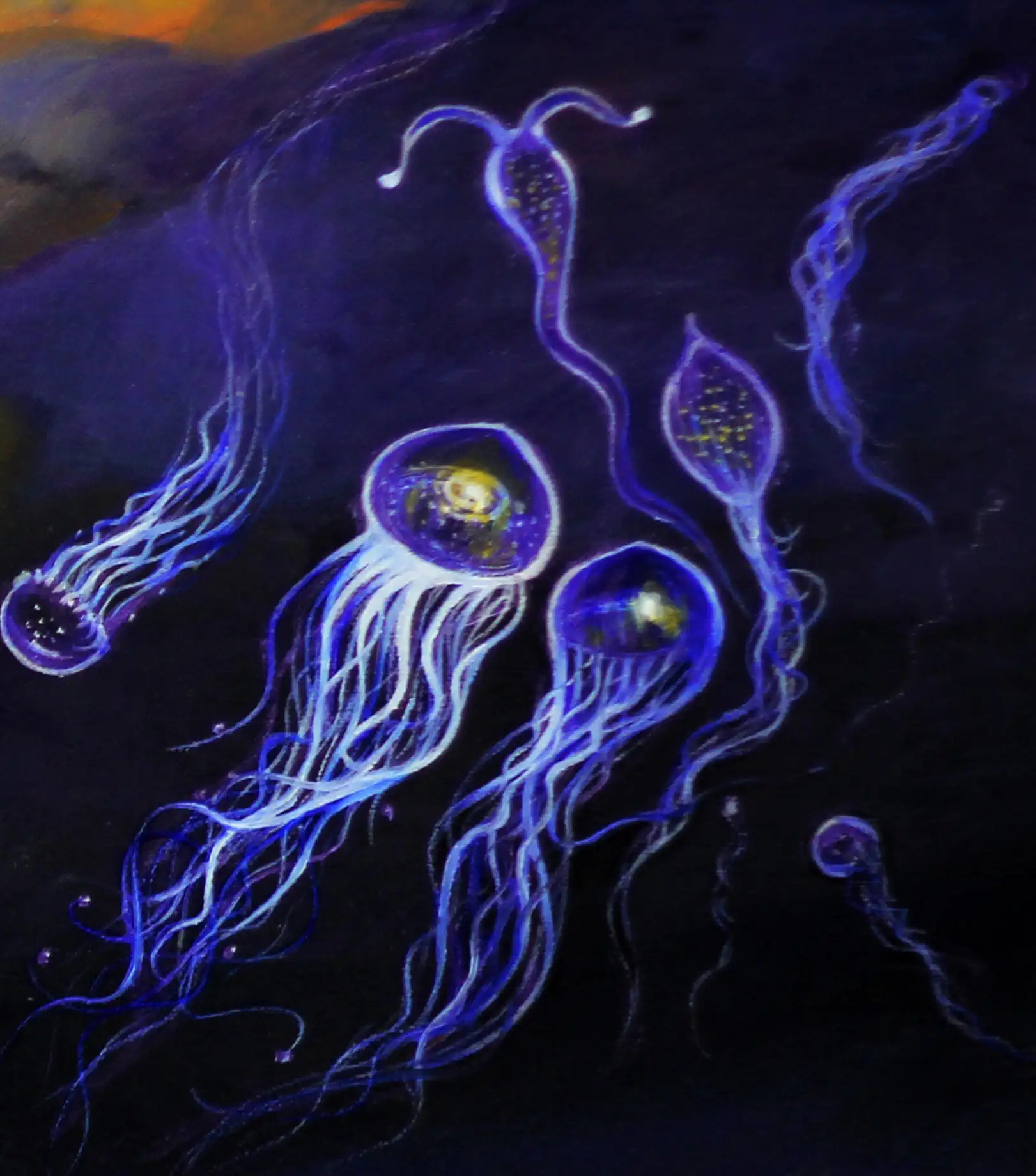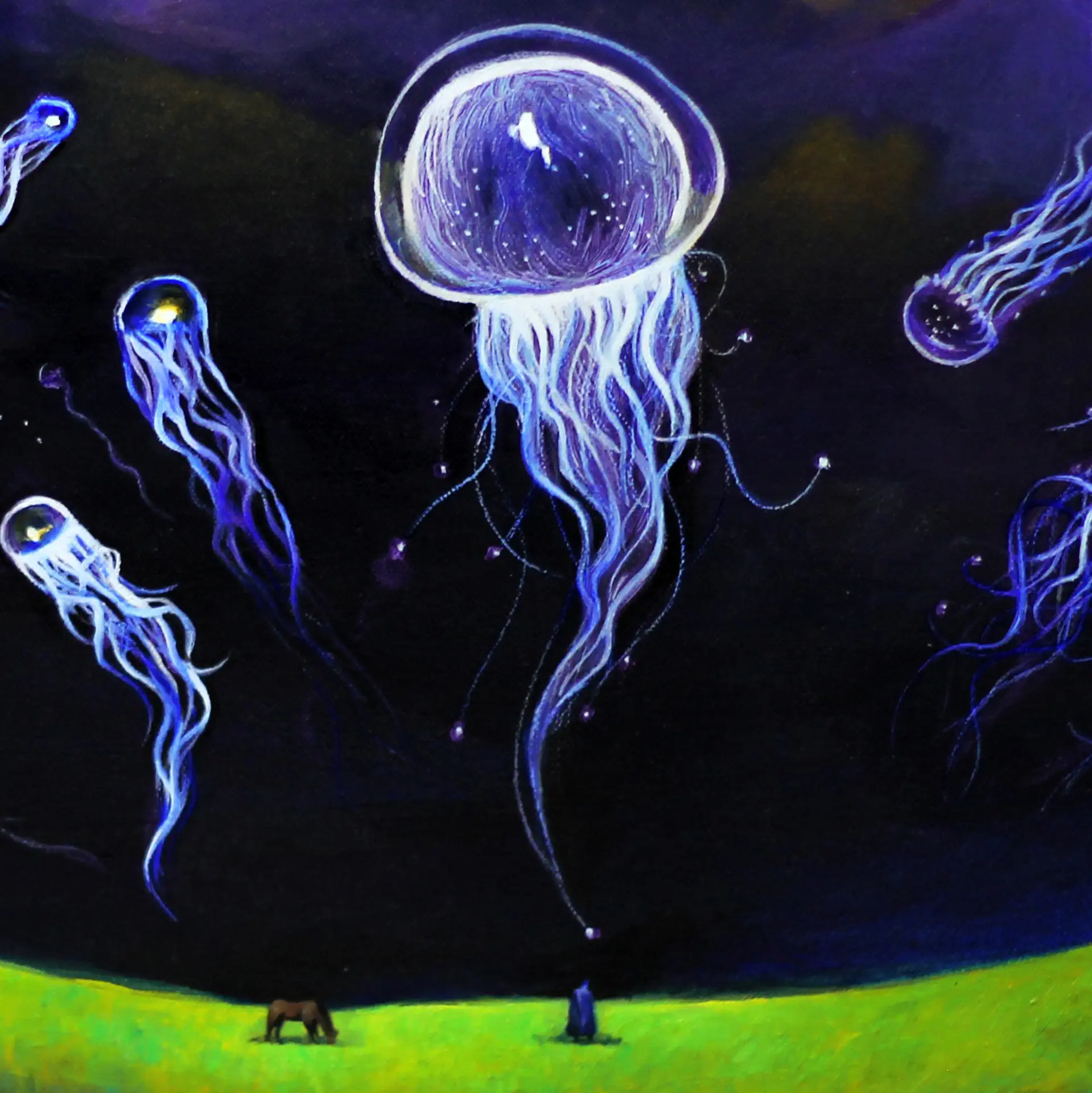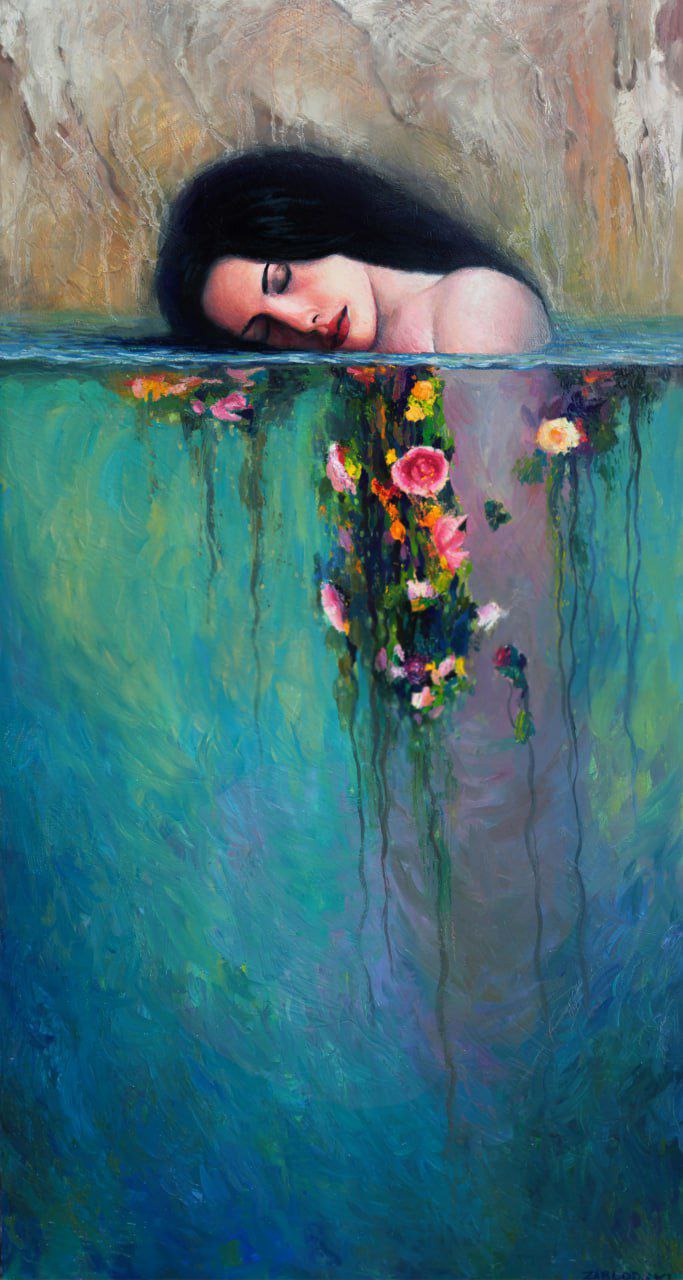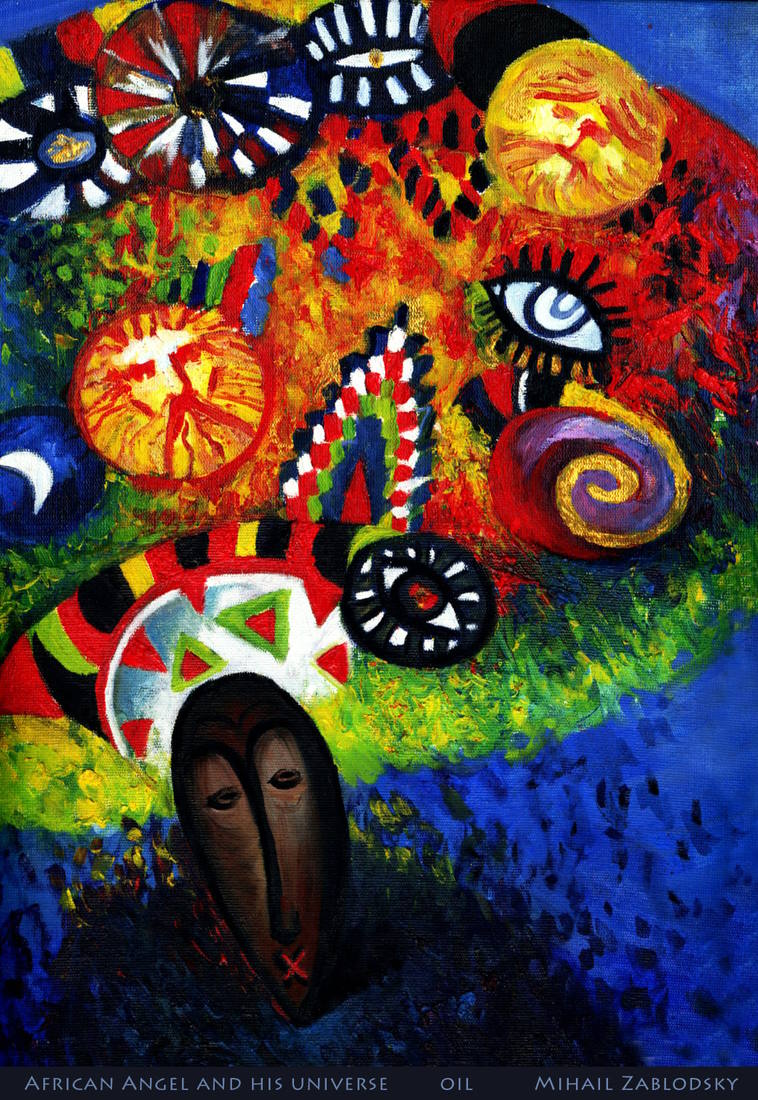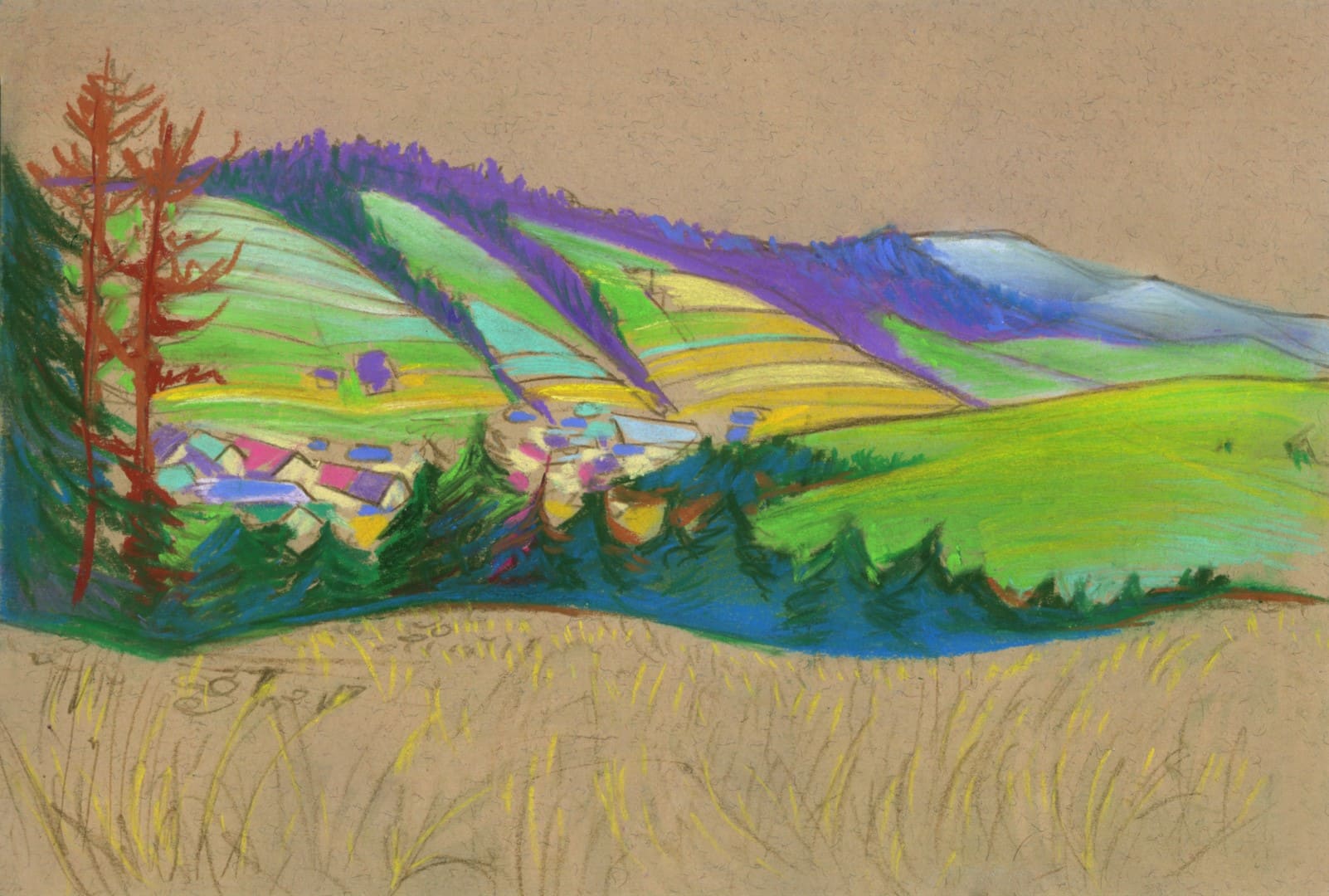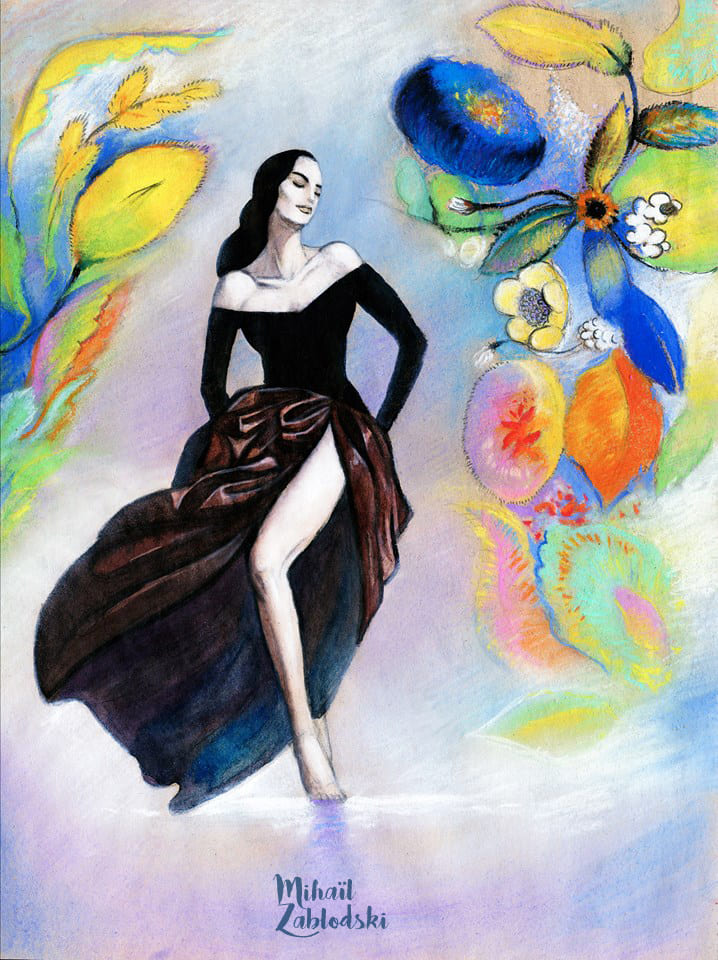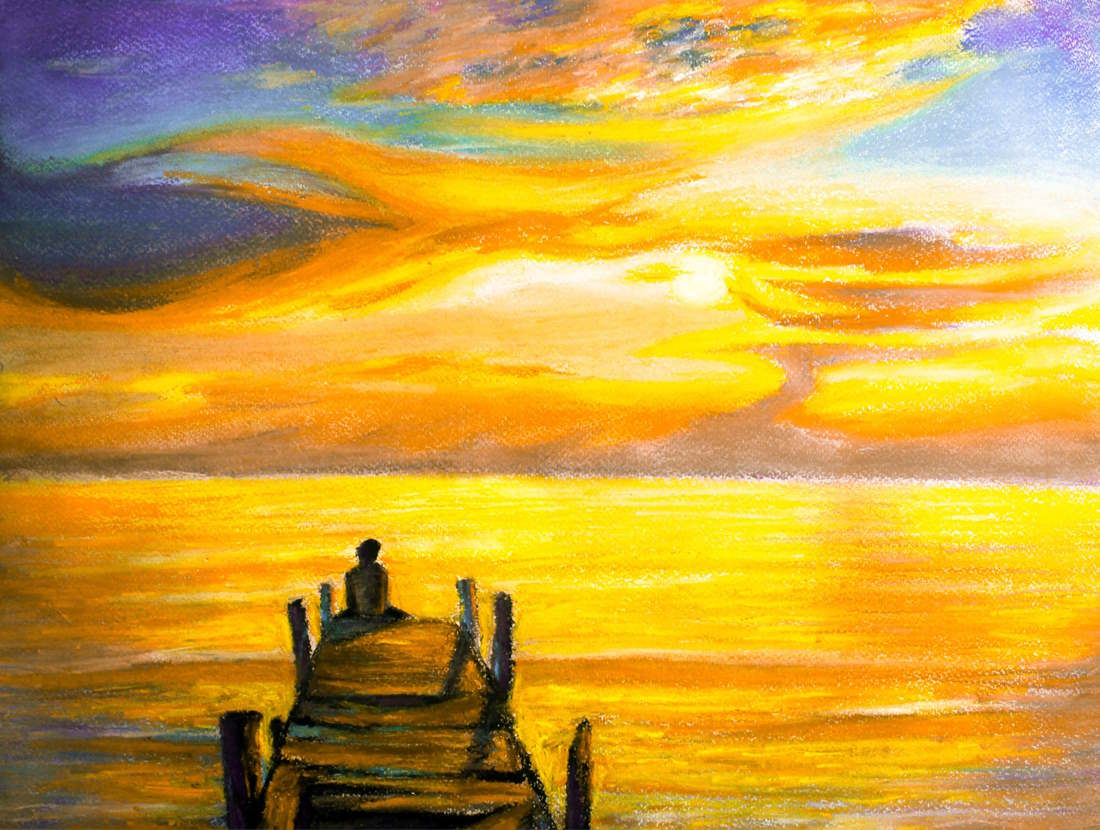Copying of Rembrandt
Coping with classical art paintings, or any form of art, involves appreciating and understanding the artist's unique style, themes, and techniques.
Rembrandt was known for his mastery of light and shadow, his use of rich colors, and his ability to capture the human form with great detail and emotion. Zablodski spent a lot of time to observe and analyze Rembrandts brushwork, the way he creates texture, and his unique approach to composition.
Mihail draw inspiration from masters work and incorporate elements into his own artistic practice.
Copying of Caravaggio
Caravaggio was an Italian painter active in the late 16th and early 17th centuries. His works are renowned for their dramatic use of light and shadow, intense realism, and powerful portrayal of human emotion.
One of his the most famous works is The Taking of Christ.
This painting hung in the hall of the Odesa Western and Eastern Arts Museum in southern Ukraine until 2008. It was stolen, clumsily cut out of the frame, and severely damaged the canvas. The investigation lasted several years. Through the joint efforts of the secret services of several countries and an undercover agent embedded into the criminal gang, the painting was returned to Ukraine in 2010. It is still under restoration. 10 years later, the mentioned agent, already retired, decided to order a copy of this masterpiece.


